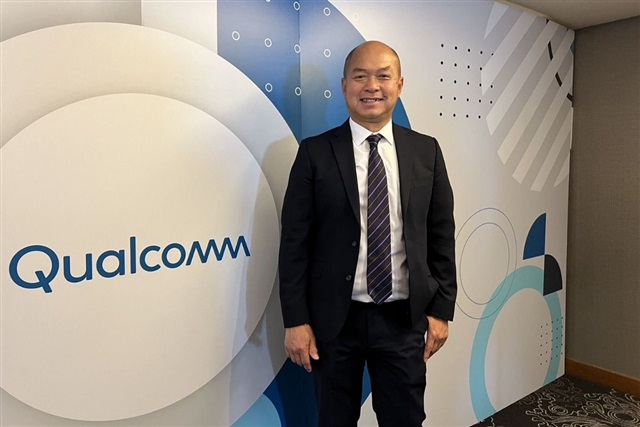For years, Android updates have been a source of frustration for users. Delays and limited support windows plagued older devices, leaving them vulnerable and lacking access to new features. However, a beacon of hope has emerged – Qualcomm, a leading mobile chipmaker, is actively working to simplify the update process for smartphone manufacturers (OEMs). This move has the potential to revolutionize the Android update landscape, ensuring a smoother and more secure experience for users.

The Update Quandary: Why Delays Plague Android Devices
Several factors contribute to the sluggish update rollout for Android devices. One significant hurdle is the role of chipset makers like Qualcomm. When they cease supporting older models, it becomes more challenging for OEMs to deliver updates. This limitation often leaves users with outdated software, hindering performance and security.
However, Qualcomm refutes the notion that they are the primary bottleneck for updates. They are actively taking steps to address the issue by collaborating with Google and OEMs.
Unveiling the Solution: Code Revamp for Faster Updates
The key to Qualcomm’s approach lies in “changing the structure of inline code,” as revealed by Chris Patrick, SVP and General Manager of Handsets at Qualcomm, in an interview with Android Authority. This cryptic statement suggests that Qualcomm is optimizing the internal code within their chips, potentially streamlining the update delivery process.
While details remain scarce, the announcement hints at a fundamental shift that could significantly impact update delivery timelines. Patrick further fueled the anticipation by suggesting that more information is on the horizon, potentially arriving at major industry events like the Snapdragon Summit or IFA.
A Domino Effect: Benefits for Users and Manufacturers
Qualcomm’s efforts extend beyond mere technical changes. The ultimate goal is to create a ripple effect that benefits the entire Android ecosystem. Streamlined updates empower OEMs to provide:
- Extended Support: With a simplified update process, manufacturers can offer software support for older devices for a longer duration. This translates to increased security and access to new features for users.
- Timely Updates: Faster update delivery translates to quicker security patches and bug fixes for users. This is critical in today’s ever-evolving threat landscape.
- Reduced Costs: Streamlining the update process can potentially reduce development costs for OEMs, a saving that could be passed on to consumers.
These benefits align perfectly with the demands of today’s Android users who crave timely updates and longer support, particularly for devices powered by Qualcomm chipsets.
A Collaborative Effort for a Brighter Future
Qualcomm’s initiative underscores the importance of collaboration in the tech industry. By working hand-in-hand with Google and OEMs, they are fostering a solution that tackles a long-standing challenge in the Android ecosystem. This collaborative approach sends a clear message – all stakeholders are invested in ensuring a more secure and up-to-date experience for Android users.
Frequently Asked Questions:
Q: Why are Android updates often delayed for older devices?
A: Several factors contribute to delays, one of which is limited support from chipset makers like Qualcomm for older models. However, Qualcomm is actively working on solutions.
Q: How will Qualcomm’s efforts simplify the update process?
A: The company plans to “change the structure of inline code” within their chips, potentially streamlining update delivery for OEMs.
Q: What are the potential benefits of this initiative for users?
A: Users can expect extended support for older devices, faster updates, and potentially lower costs for manufacturers, which could trickle down to consumers.




